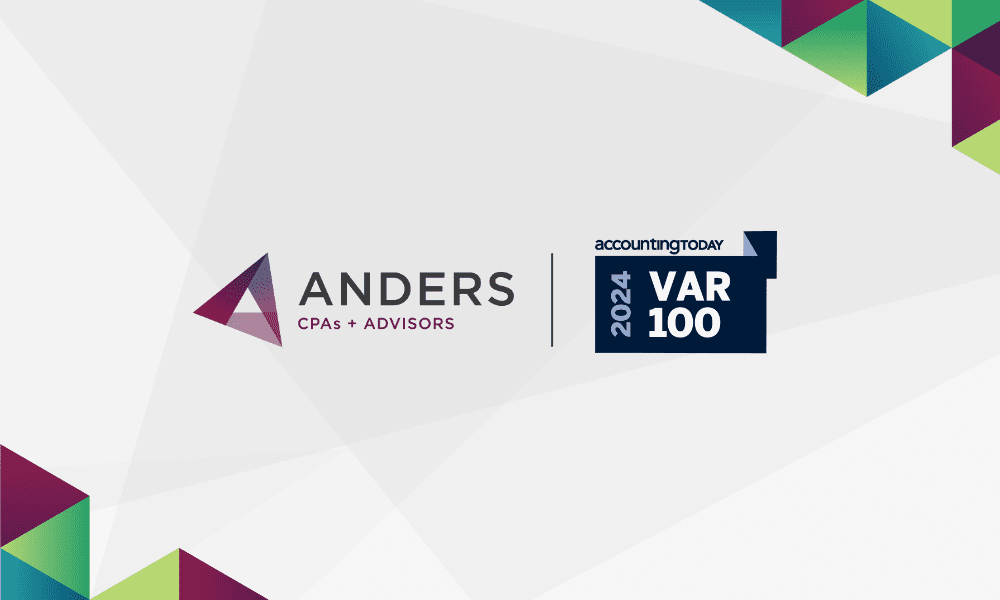Ransomware attacks remain an area of concern for businesses due to their constantly evolving and increasingly sophisticated methods of gaining access to vulnerable systems. With October being Cybersecurity Awareness Month, there’s never been a better time to reevaluate your security network.
Keeping a ransomware attack from happening in the first place is the best line of defense, as recovering from an intrusion can be lengthy and costly. Learn how to prevent ransomware attacks through common sense protocols and technological updates and save your company’s data and peace of mind in the process.
Key Takeaways:
- All employees, including in-house IT staff, should receive regular training to prepare them against ever-evolving security threats to avoid becoming a possible security liability
- Cybersecurity & Infrastructure Security Agency (CISA) reported a 62% increase in ransomware incidents filed in 2021
- Relying too heavily on antivirus software and firewalls can leave you susceptible to more sophisticated cyber attacks
- Updating endpoint protection strategies is necessary
- Multifactor authentication will increase security
How to Prevent Ransomware Attacks
Whether it’s via a phishing email, a malicious link sent through text message, or an attempted download that went wrong, ransomware risk can show up where you least expect it, unless you’re well prepared. According to a report released last August by the Cybersecurity & Infrastructure Security Agency (CISA) in conjunction with the Federal Bureau of Investigation (FBI), there was a 62% increase in reports filed about ransomware incidents in 2021 compared to 2020. In the first half of 2021 alone, there were over 304 million ransomware attacks, the report continued. Below we dive into five ways your company can stay protected from a ransomware catastrophe.
Keep All Staff Educated and Trained
There are several methods cybercriminals use to target vulnerable businesses, but their most successful method thus far is taking advantage of human error and negligence to gain access to critical systems. Educating all staff members, not just IT employees, on best practices can help to avoid these moments of human error.
IT staff shouldn’t be exempt from training, either. It’s imperative that IT employees continue learning about changes and updates in the industry. Technology continues to advance and processes evolve over time, so it’s vital for the pertinent staff to understand the ever-changing environment of IT systems. Keep a close eye out for IT staff that seem overly confident in their skills as that confidence may be keeping them from observing an urgent issue.
Zero Trust Application Control/Application Whitelisting
This software initiative comes to you from the Cybersecurity and Infrastructure Security Agency. It’s a simple objective: do not allow any programs to run that have not been approved. Why? So hackers cannot execute programs to do harm. It has a few different names including zero-trust application control or application whitelisting.
Two-Factor/Multifactor Authentication
Implementing a two-factor or multifactor authentication can help prevent account hijacking. If there’s an attempted login from a new device, a notification is sent to the user asking them to verify the login. Cybercriminals, like regular criminals, seek to target easily accessible, low-hanging fruit. By introducing multiple steps, you increase the amount of work a potential thief would have to do in order to access your information or account.
Firewalls
While phishing emails are the most common attack vector, not every network intrusion originates from a phishing push. Having an improperly configured firewall can leave a business vulnerable to attack while, ironically, also filling the business with a false sense of security. The following are a few real examples of cybersecurity attacks that occurred due to a weak point in the company’s firewall:
- A network port was left open on the network firewall for an employee to log in remotely from home to the server at the office without a VPN
- A VPN connection to a production network from a small IT provider’s “backup server” in the basement of his house was discovered by an attacker. The backup server was not firewalled and did not have endpoint protection
- A port for remote connectivity was left completely open to attack
In short, take your firewall seriously. It guards the cyber perimeter of your organization.
Endpoint Protection
Endpoint protection alone isn’t enough anymore. Not all endpoint protection software is created equal. While some best-of-breed endpoint software will block significantly more attacks than its low-cost peers, relying purely on the software may still expose you to considerable risk. To help mitigate this risk, consider implementing a team of cybersecurity professionals to monitor alerts coming in from your endpoint protection software. This is called Managed Detection and Response (MDR). The cybersecurity professionals who are typically staffed in an MDR setting are usually within a Security Operations Center (SOC). This is the architecture used at Anders.
Choosing the right technology for your business’s specific needs requires constant surveillance of current strategies and the resources to implement necessary changes. Anders Technology offers the tools, training and managed IT services essential to keeping your company protected. Contact an Anders advisor below to discuss your specific needs.





